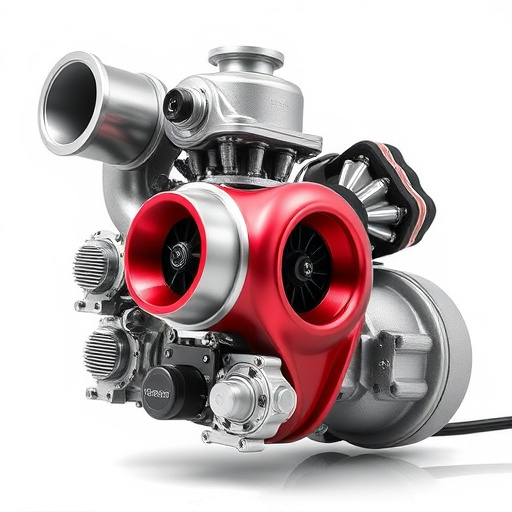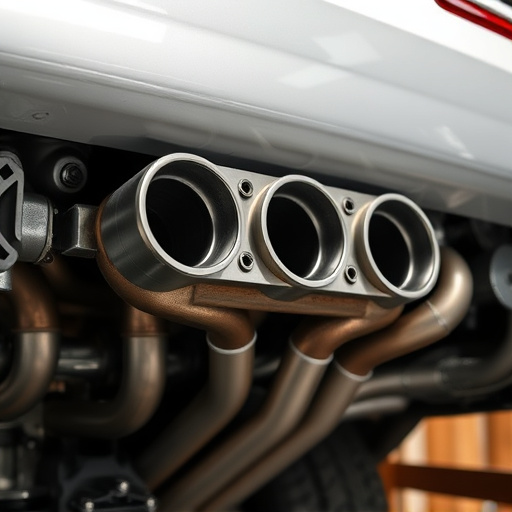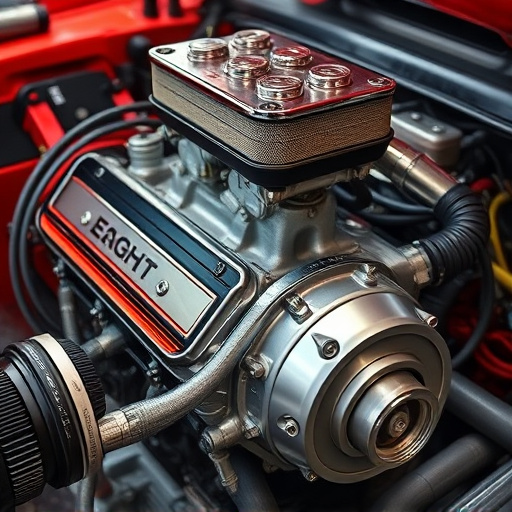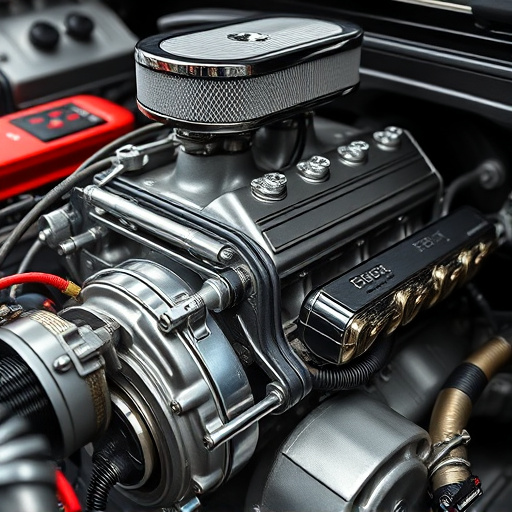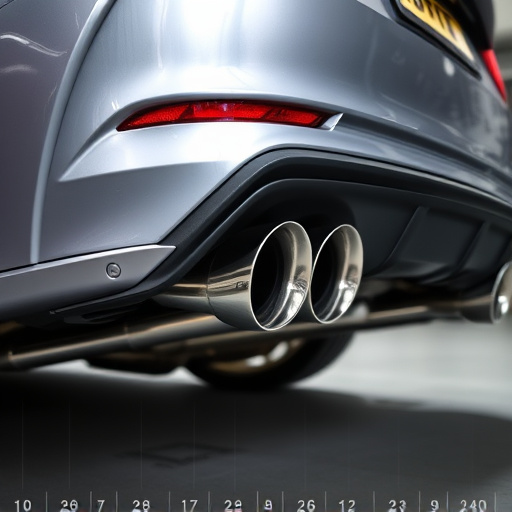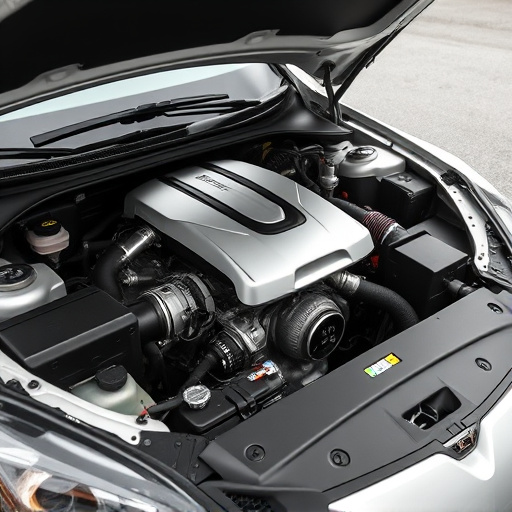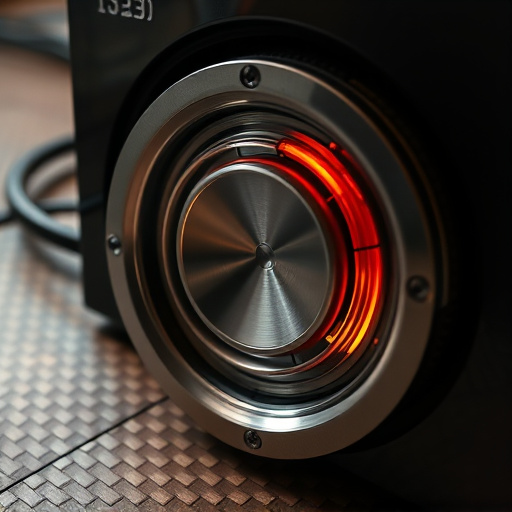The adjustable suspension system provides drivers with extensive customization options for ride quality and handling dynamics, allowing personal preferences to align with driving conditions or specific terrains. However, it poses increased maintenance challenges due to frequent adjustments, specialized knowledge requirements, and higher costs associated with component wear and potential part upgrades.
Adjustable suspension system setups are gaining popularity among car enthusiasts, offering both benefits and drawbacks. This article delves into the pros and cons of implementing such systems, highlighting their ability to enhance ride quality and handling—a significant advantage for drivers seeking a tailored experience. While they provide increased customization options, we’ll also explore maintenance challenges and cost implications. Understanding these factors is crucial before embracing this game-changing automotive technology.
- Improved Ride Quality and Handling: An Advantage of Adjustability
- Increased Customization Options for Drivers
- Maintenance Challenges and Cost Considerations
Improved Ride Quality and Handling: An Advantage of Adjustability

One of the primary advantages of an adjustable suspension system is its ability to enhance ride quality and handling dynamics. Unlike fixed or less customizable setups, these advanced systems allow drivers to fine-tune various parameters like spring rates, dampening levels, and camber angles to suit individual preferences and driving conditions. This adjustability translates into a smoother, more controlled ride, especially on uneven terrain or during high-performance driving.
For instance, adjusting the suspension can significantly improve cornering abilities by optimizing tire contact and body roll. This is particularly beneficial for enthusiasts who frequently drive on winding roads or participate in track days. Moreover, adjustable systems often incorporate components like coilover kits and air intake/exhaust systems, providing users with even greater control over their vehicle’s performance and comfort levels.
Increased Customization Options for Drivers
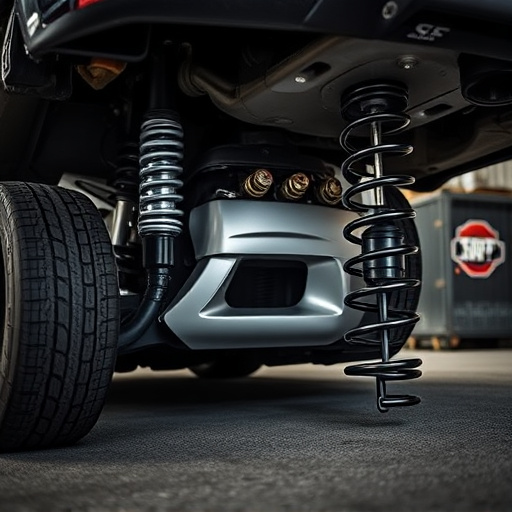
One of the key advantages of an adjustable suspension system is the immense increase in customization options for drivers. Modern vehicles equipped with such systems allow owners to fine-tune various aspects of their ride, from handling dynamics to comfort levels. Drivers can easily adjust parameters like spring rates, dampening, and ride height, catering to personal preferences or specific driving conditions. This level of adaptability ensures an optimal balance between performance and comfort, making each drive unique.
Furthermore, these systems often provide the flexibility to personalize vehicle behavior for various terrains. Whether it’s tuning the setup for improved cornering precision on winding roads, enhancing stability on rough terrain, or simply adjusting for a softer ride on long journeys, adjustable suspension offers a wide range of possibilities. This customization extends beyond basic driving dynamics; owners can even modify components like brake rotors, muffler tips, and intake systems to further tailor their vehicle’s performance and aesthetics, creating a truly personalized driving experience.
Maintenance Challenges and Cost Considerations
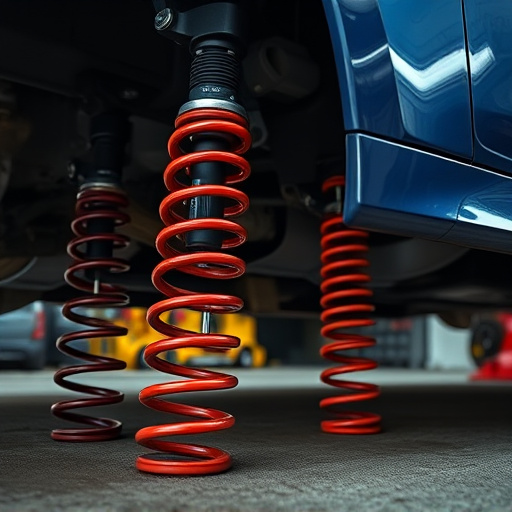
One of the key drawbacks of adjustable suspension systems is the potential for increased maintenance challenges. These setups often require more frequent adjustments and fine-tuning, which can be time-consuming and may necessitate specialized knowledge. Regular wear and tear on components such as brake pads and suspension kits will also contribute to ongoing maintenance costs.
Additionally, while customizable options offer advantages in terms of performance tuning, they can significantly impact overall expenses. Upgrading or replacing various parts, including muffler tips, to achieve desired adjustments can add up quickly. As a result, it’s crucial for vehicle owners to consider both the potential benefits and financial implications before investing in an adjustable suspension system setup.
Adjustable suspension systems offer drivers a unique level of control over their vehicle’s performance, providing both improved ride quality and handling. However, these setups also come with maintenance challenges and cost considerations that should not be overlooked. By understanding the pros and cons, car enthusiasts can make informed decisions when choosing an adjustable suspension system, ensuring a smoother and more personalized driving experience.
